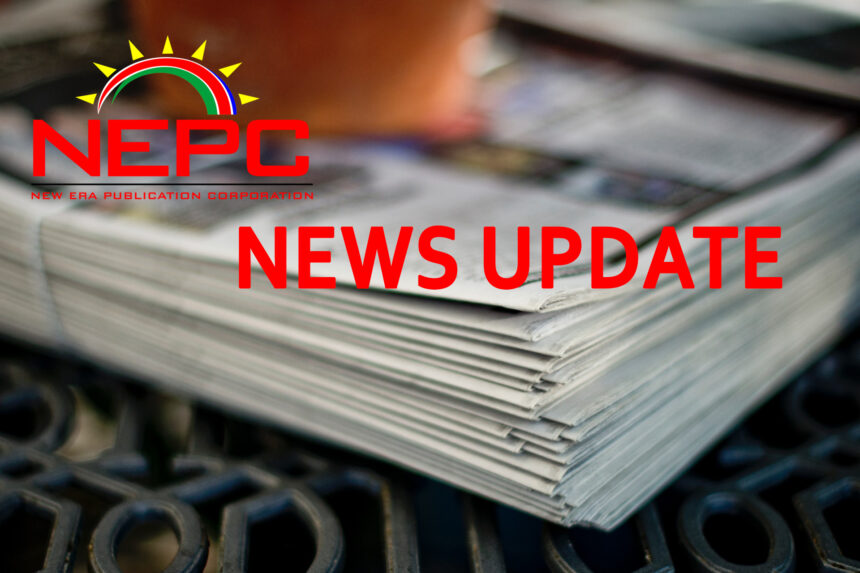Maihapa Ndjavera
Improved growth rates from primary industries such as agriculture, forestry, fishing, diamond mining and metal ores are expected to lead Namibia’s economic recovery, with robust growth rates projected for 2021 and 2022. According to the Bank of Namibia’s economic outlook for February 2021, primary industries are projected to expand by 5% and 8.6% in 2021 and 2022, respectively, from an estimated contraction of 7.5% in 2020.
Meanwhile, secondary industries are projected to expand by 2.9% and 2.7% in 2021 and 2022, respectively, an improvement from a contraction of 11.5% during 2020. Also, tertiary industries are projected to grow by 2.1% and 2% in 2021 and 2022, respectively, representing an improvement from a 5.1% contraction in 2020.
In the central bank’s latest update, significant revisions were done on the mining and quarrying sector, which is now expected to grow by 5.4% in 2021 from the earlier projection of 2.9% in the same year.
Overall, Namibia’s economic performance is expected to improve during 2021 and 2022, following what is estimated to be Namibia’s deepest contraction in 2020.
The update projects real gross domestic product (GDP) growth to increase to 2.7% in 2021 and 3.3% in 2022, from an estimated contraction of 7.3% in 2020.
These improvements are ascribed to broad-based base effects as well as better growth prospects for diamond mining, agriculture and transport.
The latest estimate of 7.3% contraction in 2020 is unchanged from the one published in the December 2020 economic outlook update. Several adjustments were made to the 2020 growth estimates for some industries. However, the net impact of the changes was neutral, leaving the estimated contraction for 2020 unchanged.
Growth projections for 2021 and 2022 were adjusted slightly upwards to 2.7% and 3.3% respectively in the February 2021 update. The corresponding forecasts in the December 2020 update were 2.6% and 3.2%.
Furthermore, the central bank said risks to domestic growth remain dominated by the impact of the Covid-19 pandemic, mainly regarding the success of vaccinations in Namibia and around the globe.
“Risks to domestic growth are dominated by travel restrictions that are still in place for many countries, exacerbated by the second wave of coronavirus infections. Other notable risks to domestic growth and outlook include the persistently low international prices for some of Namibia’s export commodities such as uranium as well as climatic swings,” reads the report.
Meanwhile, Cirrus Capital in its 2021 economic outlook said the year ahead incorporates many challenges. The stock brokerage and investment firm stated that policy certainty remains a significant stumbling block for Namibia’s long-term development potential, saying political uncertainty is also on the rise given the rapid loss of support for the ruling party.
“The unfolding of last year’s local authority and regional council elections calls into question the direction that policy will take, as well as how governing coalitions in local authorities will develop,” said Cirrus Capital.
It further stated that a decade’s worth of fiscal deficits will also come home to roost starting this year, as much of Namibia’s public debt repayments are due within the next years, including the first Eurobond in November 2021.
“Sticky expenditure and a hallowed-out revenue base will make stabilising government’s finances a difficult task, while also necessitating a careful maneuvering of the maturing debt,” it outlined.
– mndjavera@nepc.com


